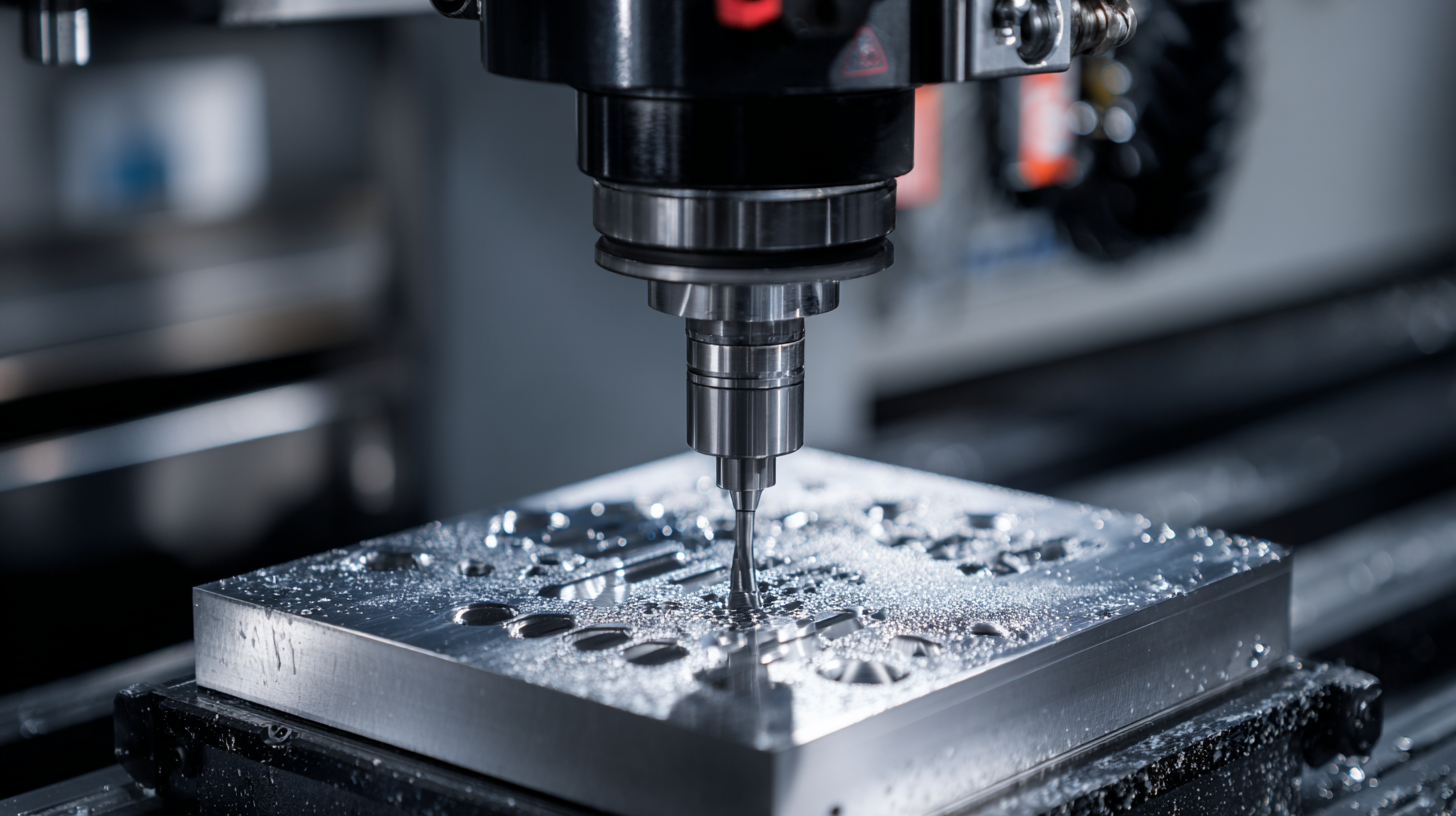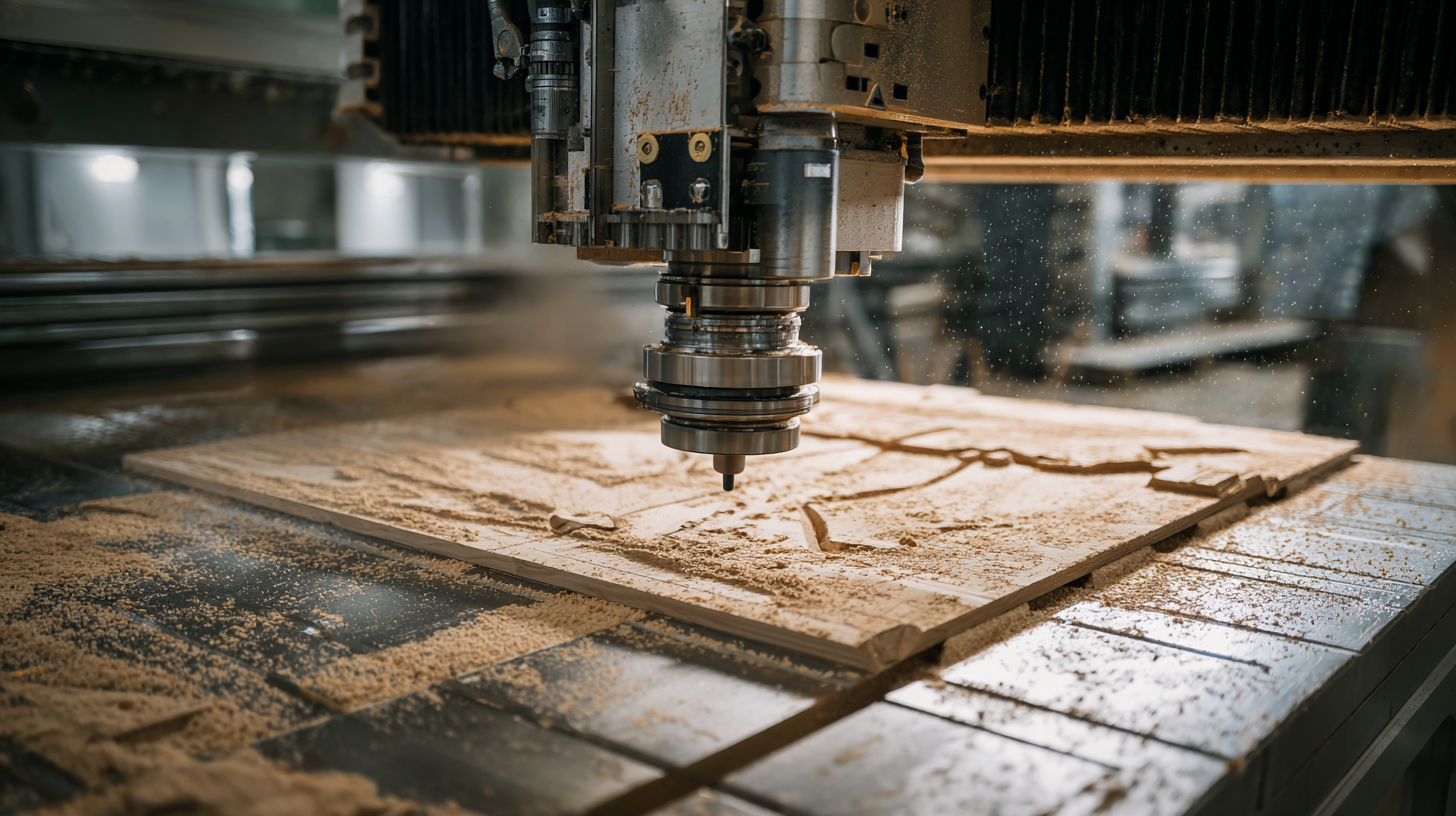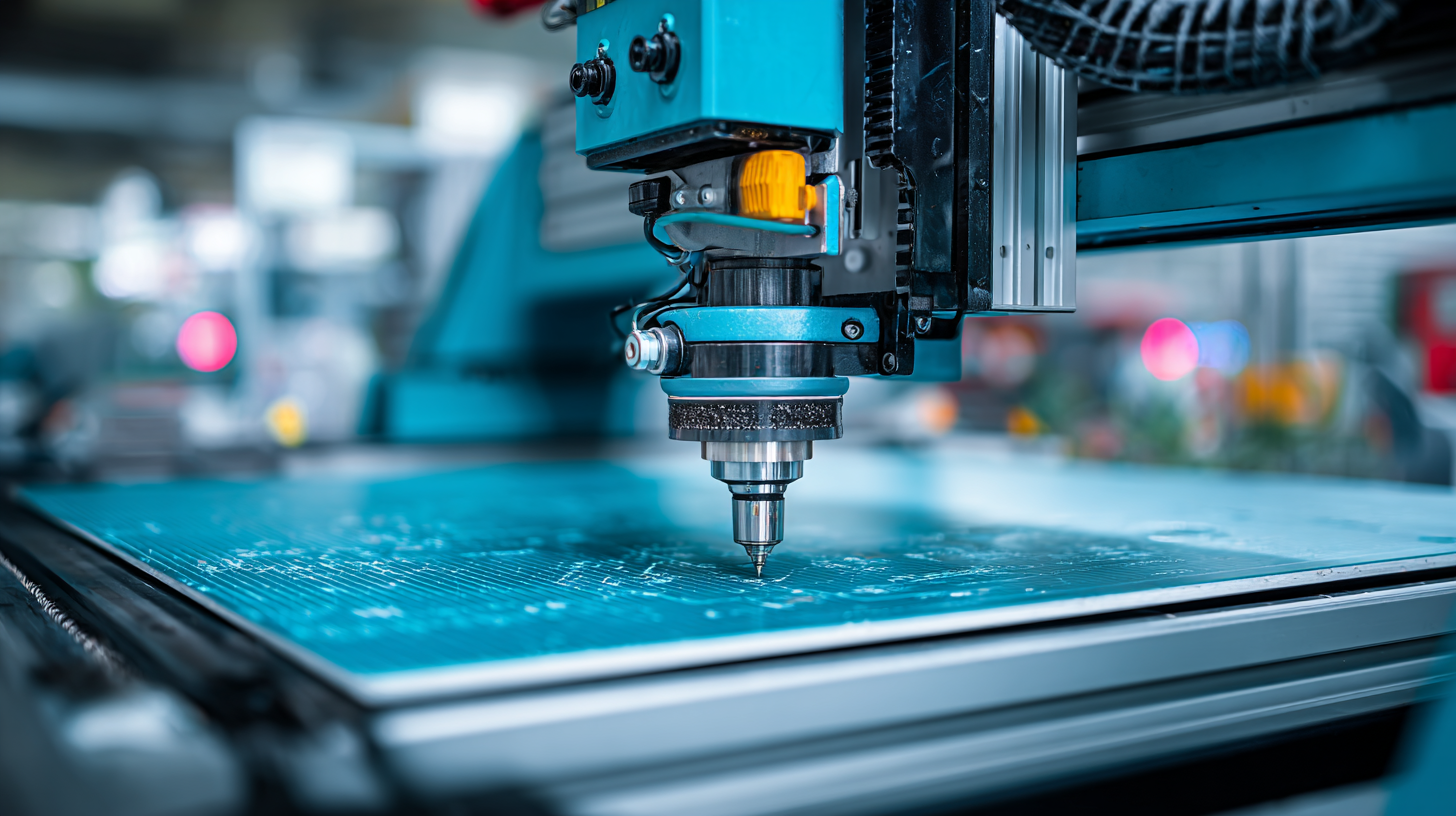Navigating Global Trade Standards for Best Desktop CNC Machine Import and Export
In today's rapidly evolving manufacturing landscape, the demand for desktop CNC machines has surged, driven by their versatility and cost-effectiveness. According to a report by Research and Markets, the global CNC machine market is projected to reach USD 100 billion by 2025, with desktop models gaining a significant share due to their accessibility for small businesses and hobbyists. As this industry expands, navigating global trade standards becomes crucial for importers and exporters to maximize their competitiveness. A key factor that can influence purchasing decisions is the after-sales service advantage and maintenance costs associated with these machines. Understanding how to optimize these aspects not only enhances customer satisfaction but also establishes a strong brand reputation in a crowded marketplace. This blog aims to explore the intricacies of global trading standards regarding desktop CNC machines, focusing on how effective after-sales support can significantly reduce ownership costs and improve overall user experience.

Understanding Global Trade Standards in CNC Machine Industry
 Understanding global trade standards in the CNC machine industry is crucial for businesses looking to import and export desktop CNC machines effectively. Various countries have implemented specific regulations and certifications that ensure machinery meets safety, quality, and environmental compliance. For instance, adherence to ISO standards is often essential, as these international benchmarks not only enhance product quality but also facilitate smoother transactions across borders. Businesses must stay abreast of these standards to avoid potential roadblocks in the logistics and customs processes.
Understanding global trade standards in the CNC machine industry is crucial for businesses looking to import and export desktop CNC machines effectively. Various countries have implemented specific regulations and certifications that ensure machinery meets safety, quality, and environmental compliance. For instance, adherence to ISO standards is often essential, as these international benchmarks not only enhance product quality but also facilitate smoother transactions across borders. Businesses must stay abreast of these standards to avoid potential roadblocks in the logistics and customs processes.
Moreover, understanding regional differences in trade standards can open new markets for CNC machine exporters. For instance, while the European Union has stringent CE marking requirements, the US may focus on ANSI standards. By thoroughly researching and conforming to the standards of target markets, companies can position themselves favorably against competitors, ensuring their machines are not only compliant but also appealing to specific consumer needs. This knowledge empowers businesses to strategically navigate the global trade landscape and build trust with international clients.
Key Considerations for Importing Desktop CNC Machines
When considering the import of desktop CNC machines, several key factors come into play that can significantly impact the success of your operations. According to a recent report by MarketsandMarkets, the global CNC machine market is poised to grow from
USD 70.89 billion in 2020 to USD 102.39 billion by 2026, with a CAGR of 6.6%. This rapid expansion highlights the increasing demand for precision engineering tools, making it imperative for importers to understand both market dynamics and compliance with international standards.
One crucial aspect to navigate is the adherence to safety and quality regulations established by organizations such as ISO and CE. These standards not only ensure product safety but also enhance marketability upon entry into regions like the European Union, where compliance is mandatory. Furthermore, understanding tariff classifications and import duties is essential, as a miscalculation can lead to unexpected costs. The World Trade Organization reports that tariffs on machinery can vary greatly, sometimes exceeding 10%. Therefore, thorough research and strategic planning are necessary for stakeholders looking to successfully import desktop CNC machines while maximizing profitability.
Evaluating Alternatives for Desktop CNC Machine Export
When considering the export of desktop CNC machines, evaluating alternatives becomes crucial to ensure compliance with international standards and maximize market reach. Different regions have distinct regulations concerning safety, quality, and operational efficiency. Each alternative must be assessed not only for technical specifications but also for the legal frameworks governing exports. Understanding these nuances allows manufacturers to tailor their products effectively to specific markets, enhancing competitiveness.
Additionally, exploring partnerships with local distributors can provide insights into regional preferences and regulatory requirements. Collaborating with businesses that have established networks and experience in navigating local trade standards can simplify the export process. These partnerships enable manufacturers to adapt their offerings based on feedback and demand while minimizing the risks associated with entering new markets. Ultimately, a thorough evaluation of alternatives in the export landscape will lead to informed decisions that align with both market opportunities and compliance obligations.
Navigating Global Trade Standards for Best Desktop CNC Machine Import and Export - Evaluating Alternatives for Desktop CNC Machine Export
| Country | Import Tariff (%) | Export Tariff (%) | Compliance Standards | Market Demand |
|---|---|---|---|---|
| USA | 2.5 | 0 | ANSI, ISO | High |
| Germany | 0 | 0 | DIN, ISO | Moderate |
| China | 6 | 0 | GB, ISO | High |
| India | 7.5 | 5 | BIS, ISO | Growing |
| Brazil | 10 | 0 | ABNT, ISO | Moderate |
Compliance Challenges in Navigating Trade Regulations
Navigating the complexities of compliance in global trade is an increasingly pressing challenge for businesses, particularly in sectors like desktop CNC machines. With the Small Business Index reporting that regulatory compliance often hinders growth, businesses must allocate significant time to manage taxes and recordkeeping. These compliance burdens can detract from focus areas like innovation and market expansion, which are essential for staying competitive in the global marketplace.

As global regulatory landscapes evolve, companies must stay ahead of tariff changes and compliance requirements. According to the 2024 Global Trade Report, many trade professionals emphasize that supply chain integrity and adherence to international policies are top concerns. This highlights the importance of continuous monitoring and adapting business strategies to remain compliant while optimizing operational efficiency. The upcoming amendments to Vietnam's food safety regulations, for instance, represent a crucial reminder of how regulatory changes can impact global supply chains and necessitate swift adaptation to maintain compliance.
Furthermore, as industries like semiconductors brace for increasing regulatory challenges by 2025, stakeholders must develop robust compliance frameworks to manage these dynamics effectively. Emphasizing a proactive approach toward compliance not only mitigates risks but can also unlock growth opportunities, setting businesses on a path toward long-term success in the competitive global trade environment.
Exploring Sustainable Practices in CNC Machine Trade
In the ever-evolving landscape of CNC machine trade, the emphasis on sustainable practices is becoming increasingly crucial. As manufacturers seek to minimize their environmental footprint, sustainable machining technologies are gaining prominence. Techniques such as Minimum Quantity Lubrication (MQL) and cryogenic machining not only enhance energy efficiency but also reduce carbon emissions—an essential balance in today’s manufacturing ecosystem.
The push for sustainable solutions reflects a broader trend across industries, highlighting the urgent need for systems that prioritize ecological integrity while maintaining high-performance standards.
Moreover, the integration of digitalization, Internet of Things (IoT), and artificial intelligence into the CNC machine sector has opened new avenues for sustainable practices. These technological advancements not only increase operational efficiency but also allow for better resource management and waste reduction.
As companies navigate global trade standards, adopting these sustainable practices will not only fulfill regulatory requirements but also position them as leaders in a market increasingly driven by environmental consciousness. The demand for proficient and sustainable manufacturing solutions is set to reshape the trade dynamics, driving innovations that prioritize both productivity and the planet.
Siemensstraße 13-15
47608 Geldern
NRW Deutschland
Mail: [email protected]
Head office:
+49 (0) 2831 91021-20
Fax:
+49 (0) 2831 91021-99
SUPPORT and INFO
from 3 p.m. to 6 p.m:
+49 (0) 2831 91021-60
( please ring for a long time )
Monday to Friday
8.00 – 12.30
and 13.00 – 15.00
Visit / collection by appointment only!
➣ Sign up for our newsletter
Benefit from a 20% discount, don’t miss any events and always stay up to date.
To access the actual content, click on the button below. Please note that data will be passed on to third-party providers.
More information







